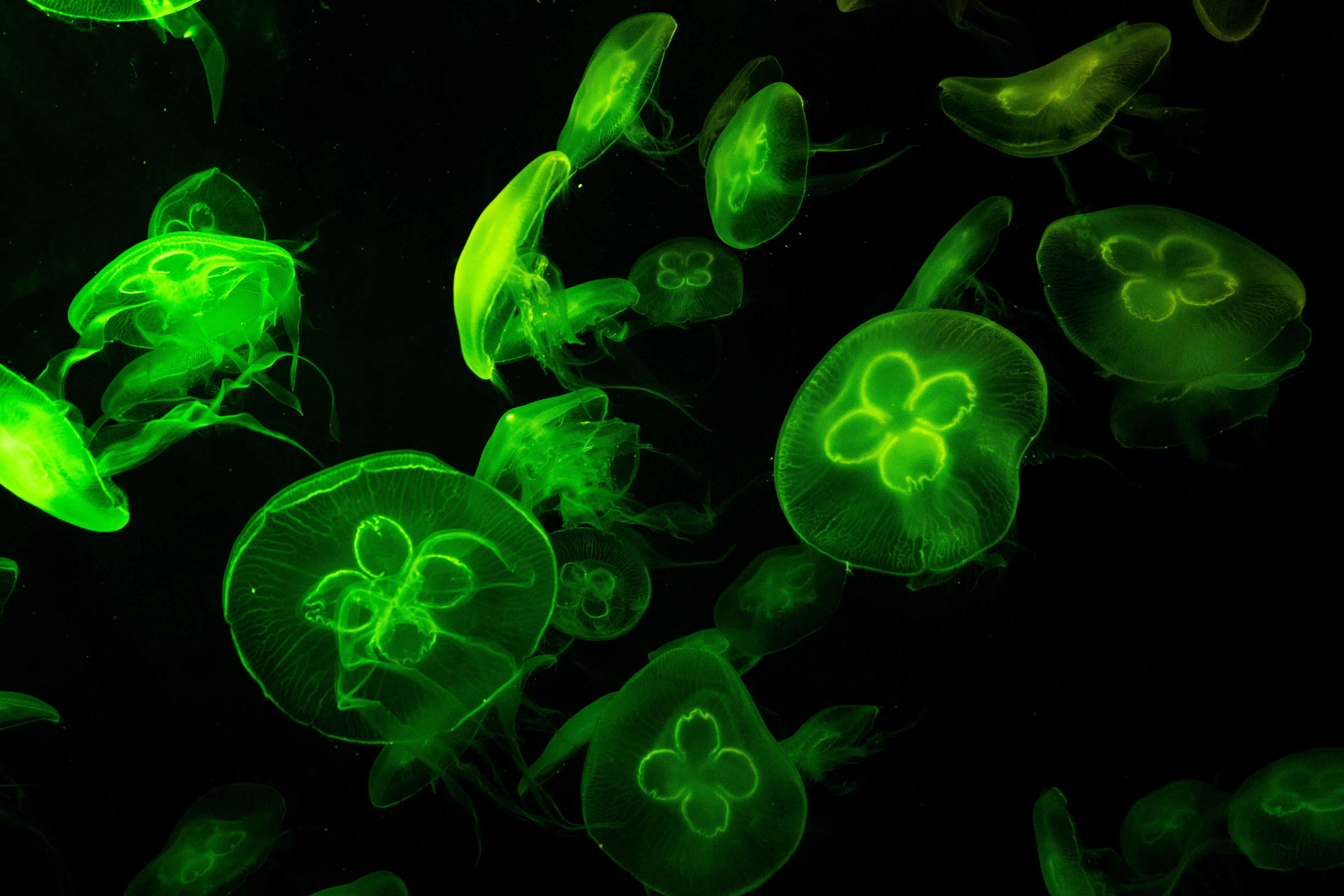Reboot Unconscious
Catalog
Date
Author
Copyright
Neural Mechanism of Rebooting Unconsciousness Caused by Midazolam
RebootUnconscious explores the neural mechanisms underlying the reversal of unconsciousness induced by midazolam.
This blog delves into recent research uncovering the neural mechanisms responsible for reversing unconsciousness induced by the sedative midazolam. It discusses how midazolam interacts with neural circuits to modulate consciousness and how these effects are reversed upon administration of specific agents.



Scroll to explore

